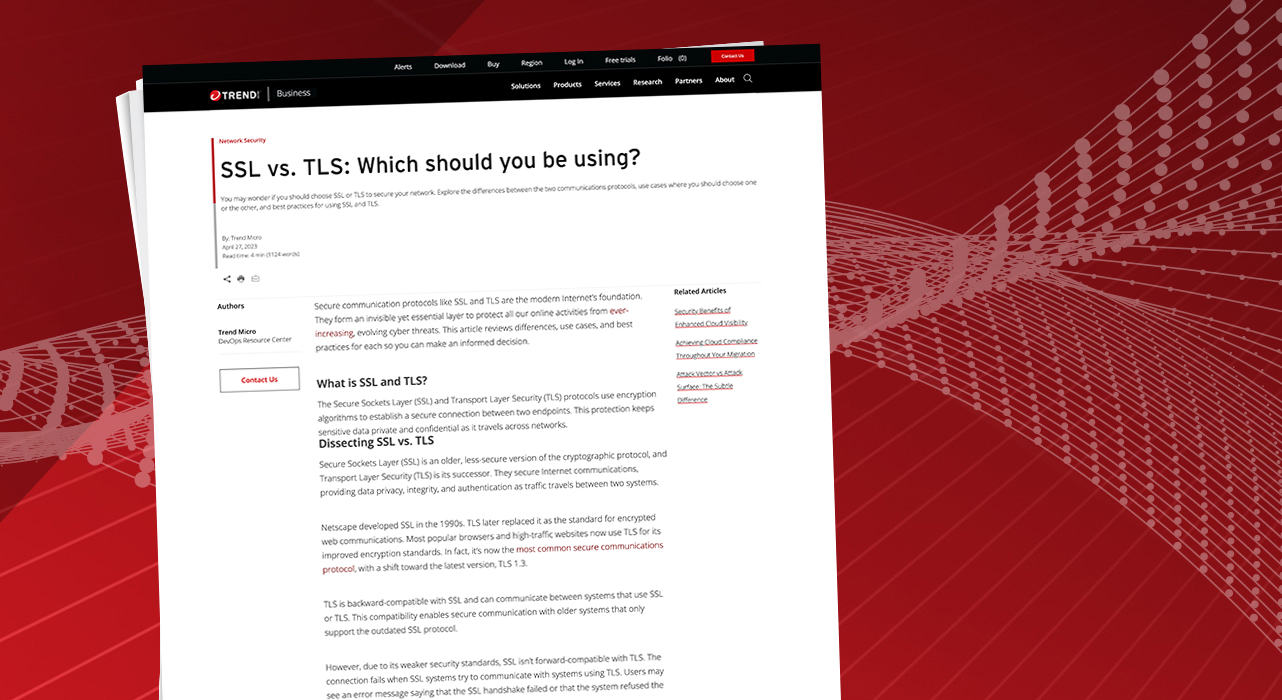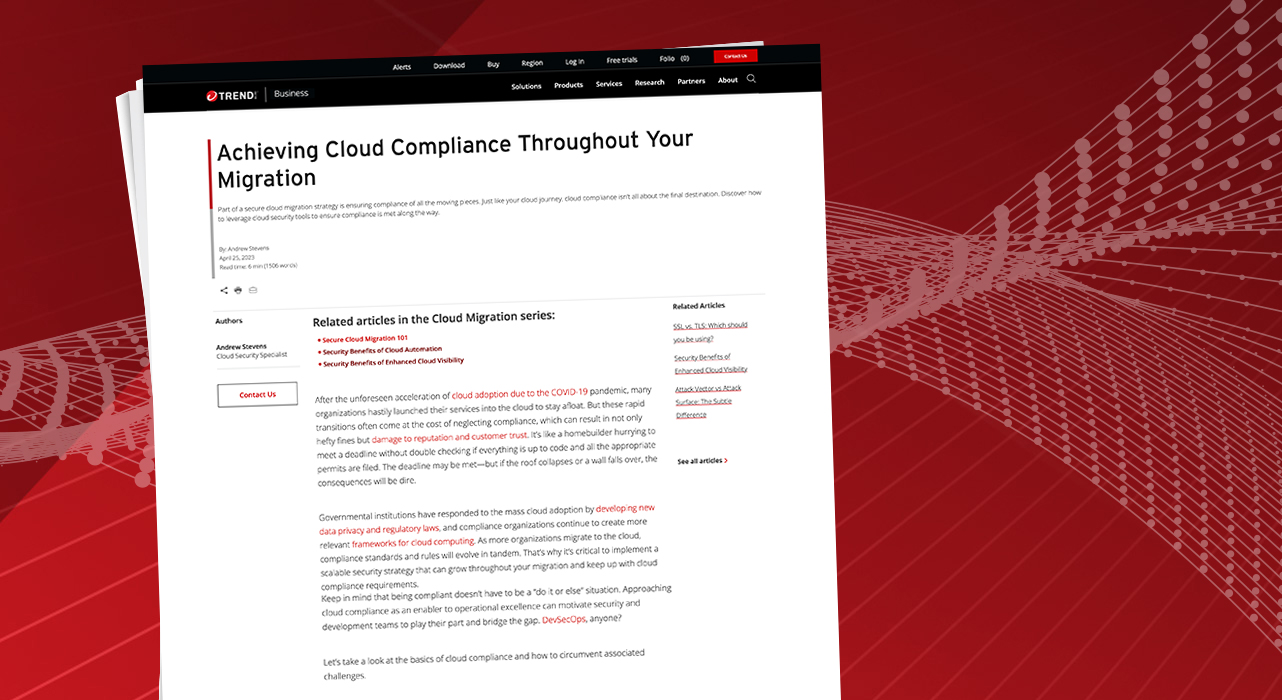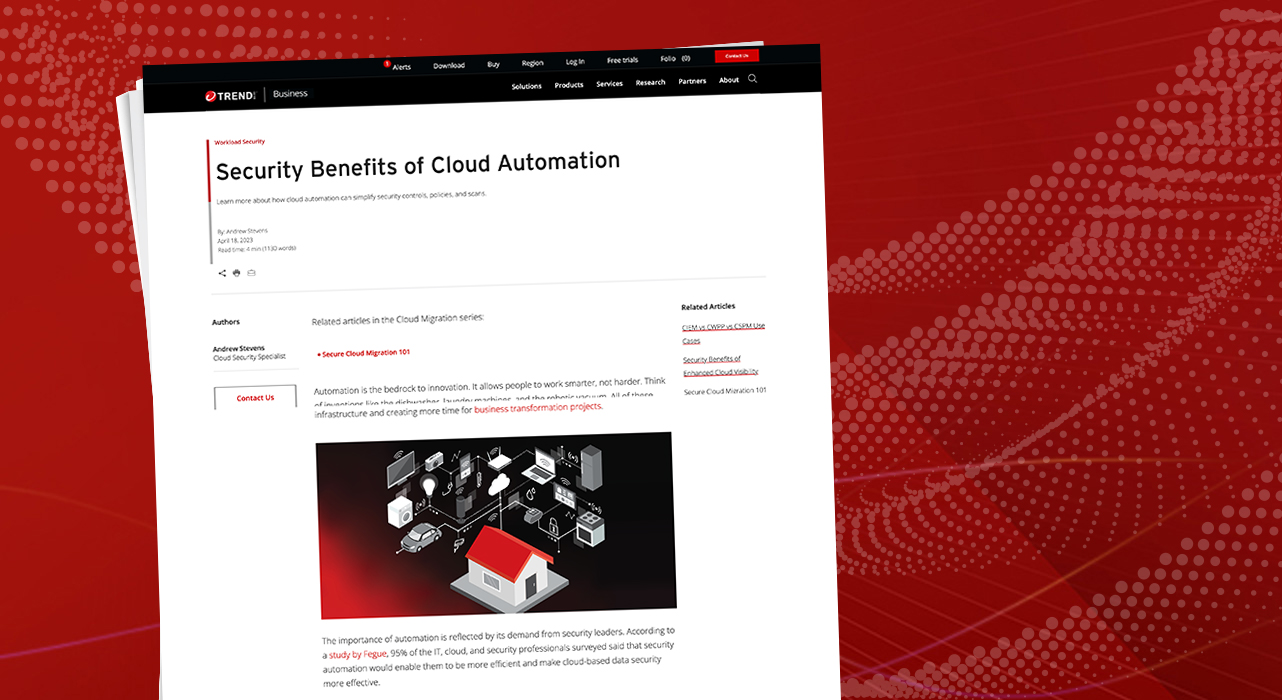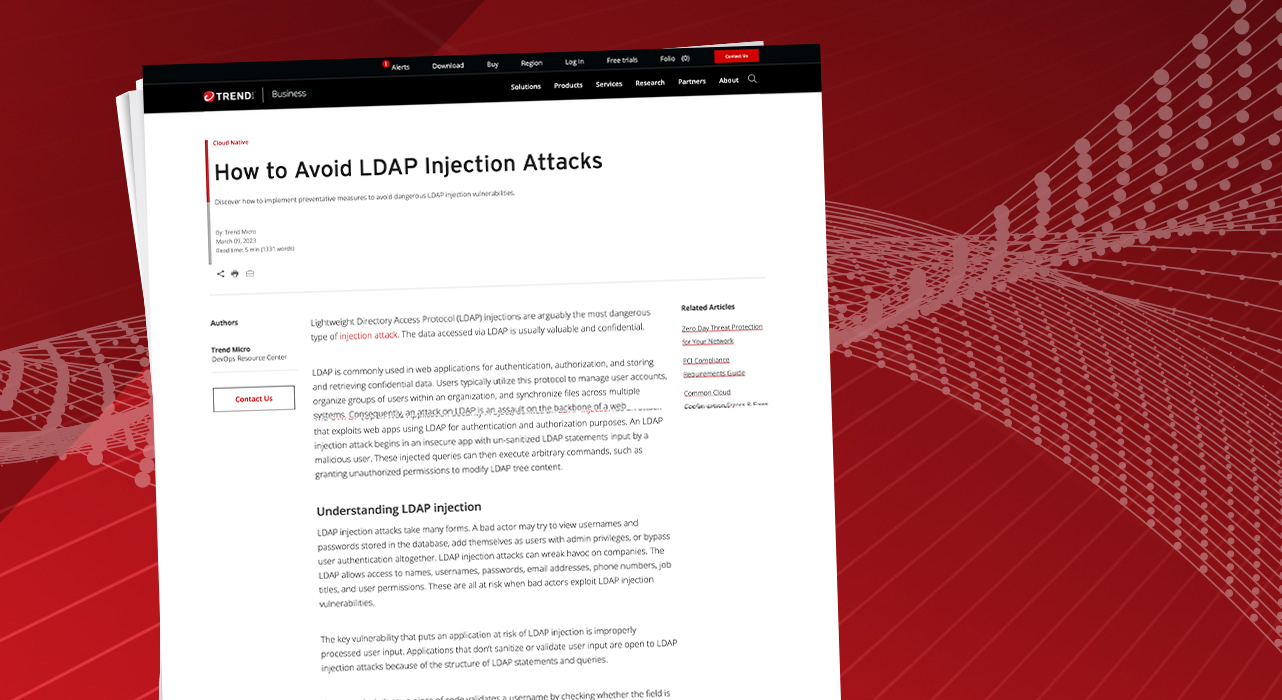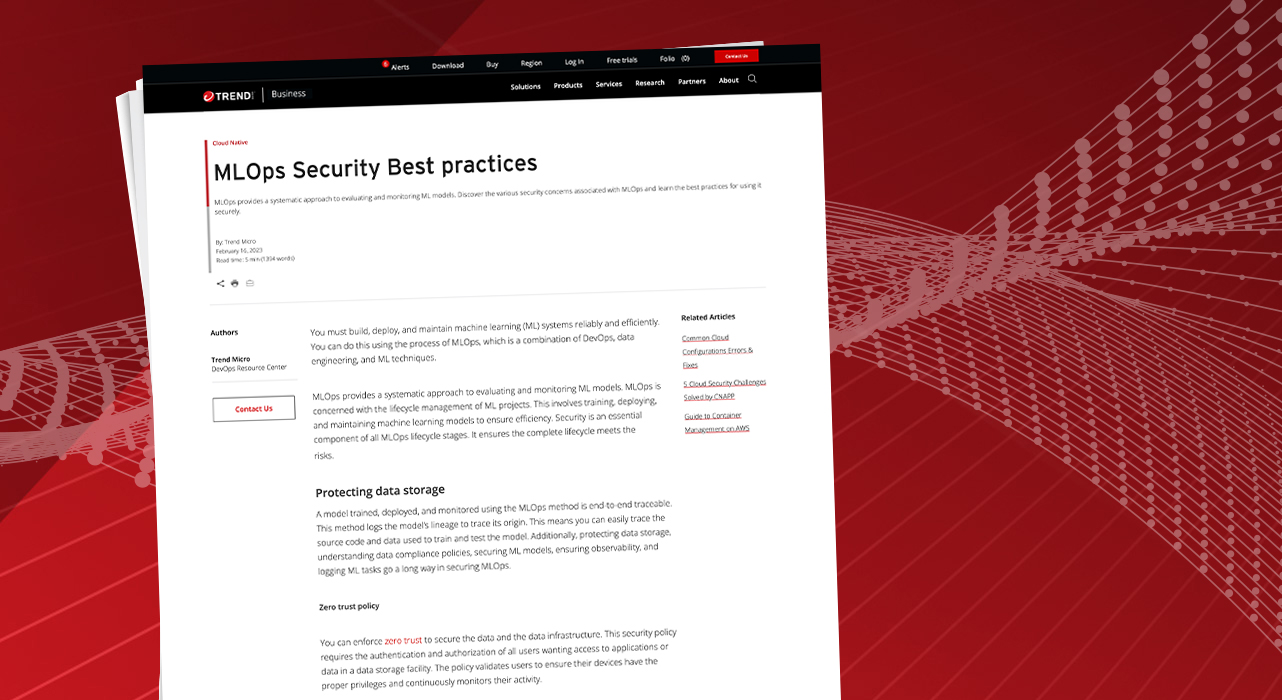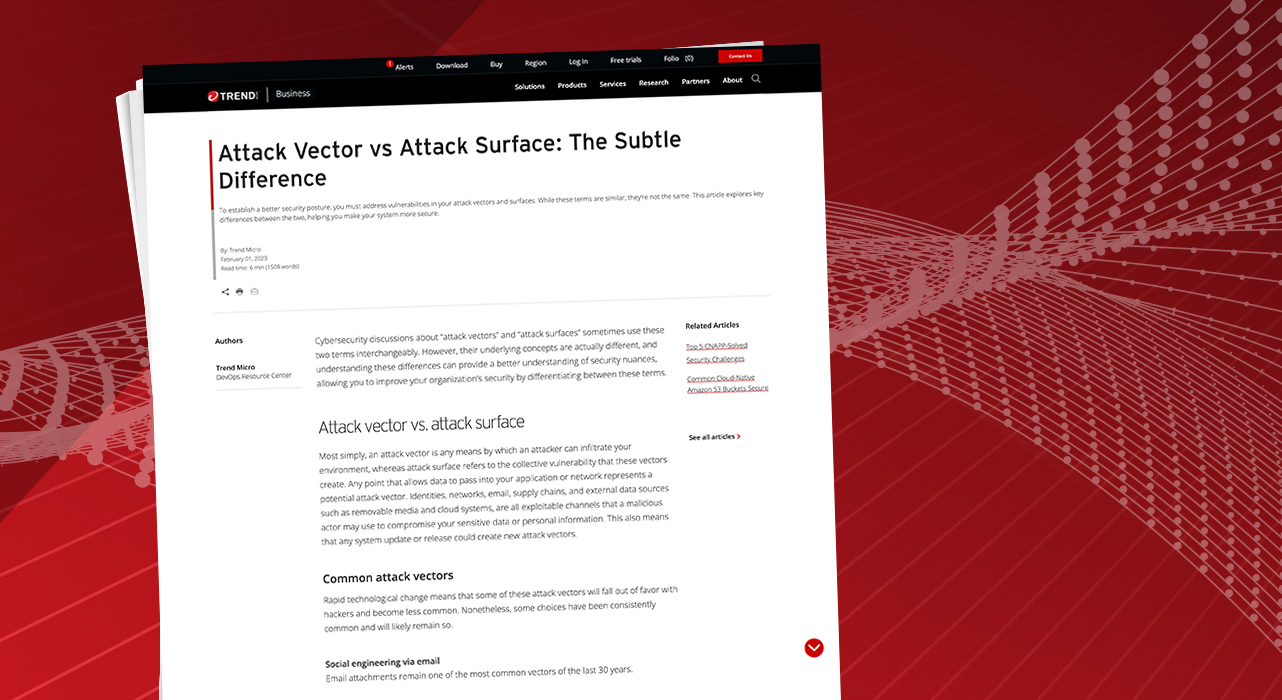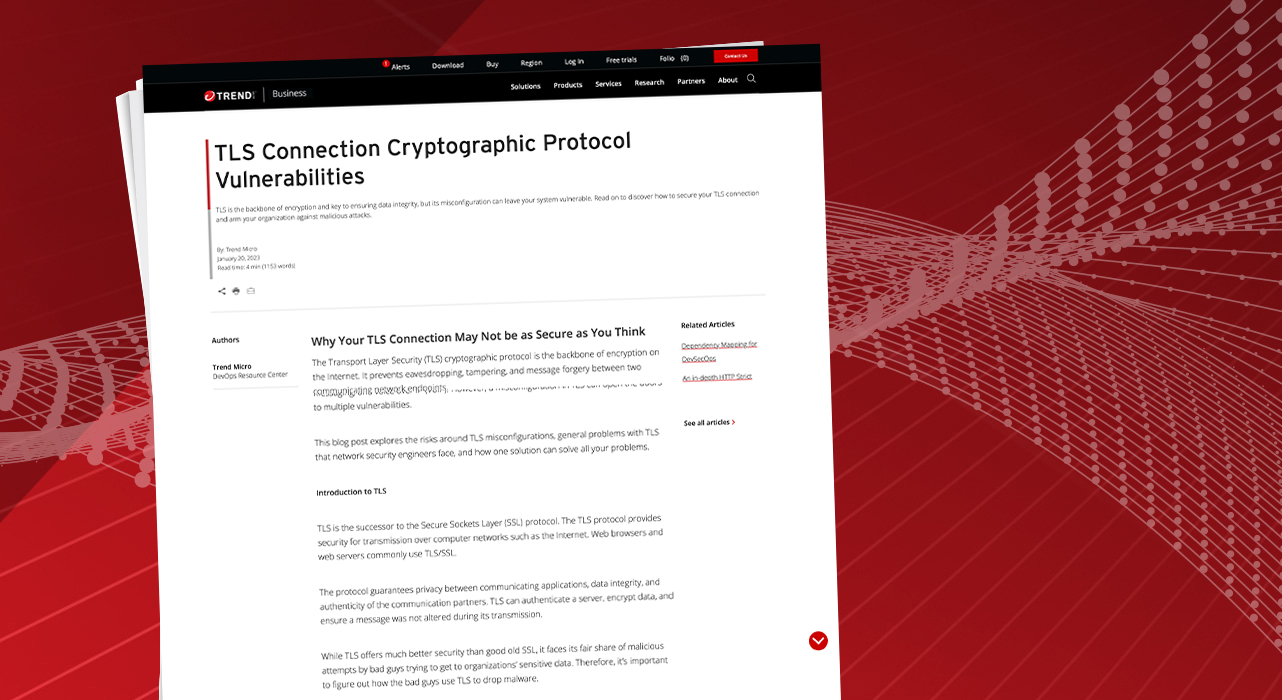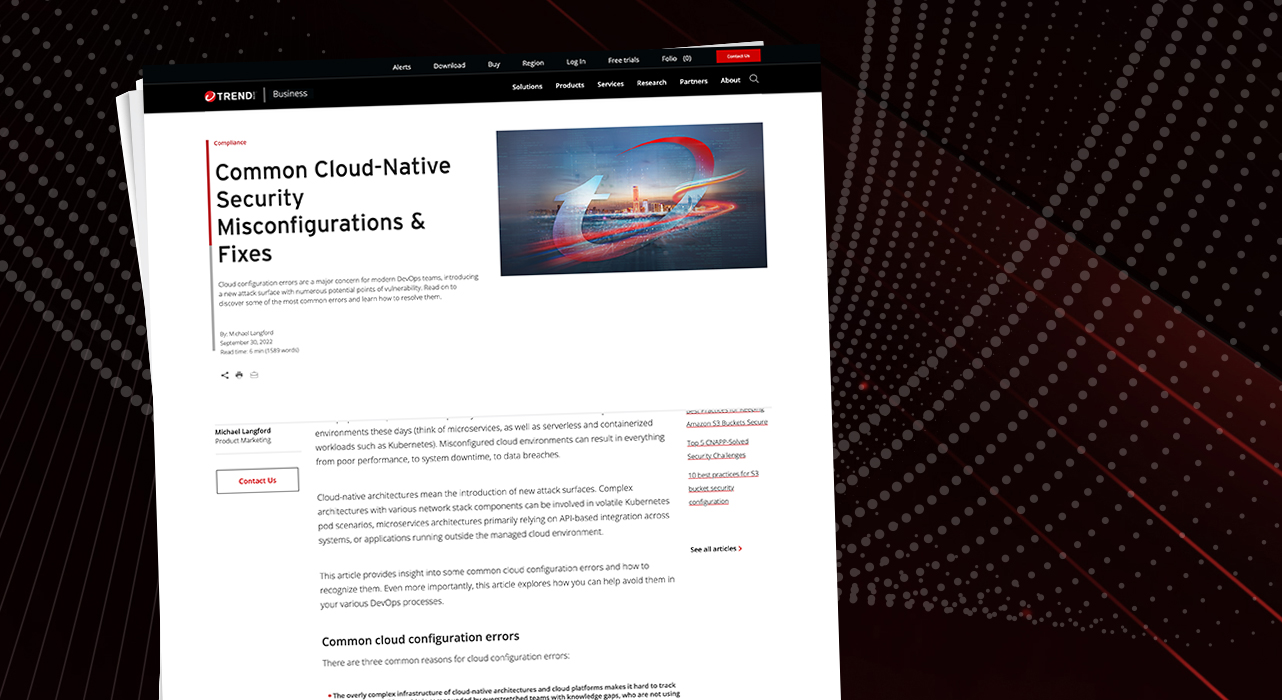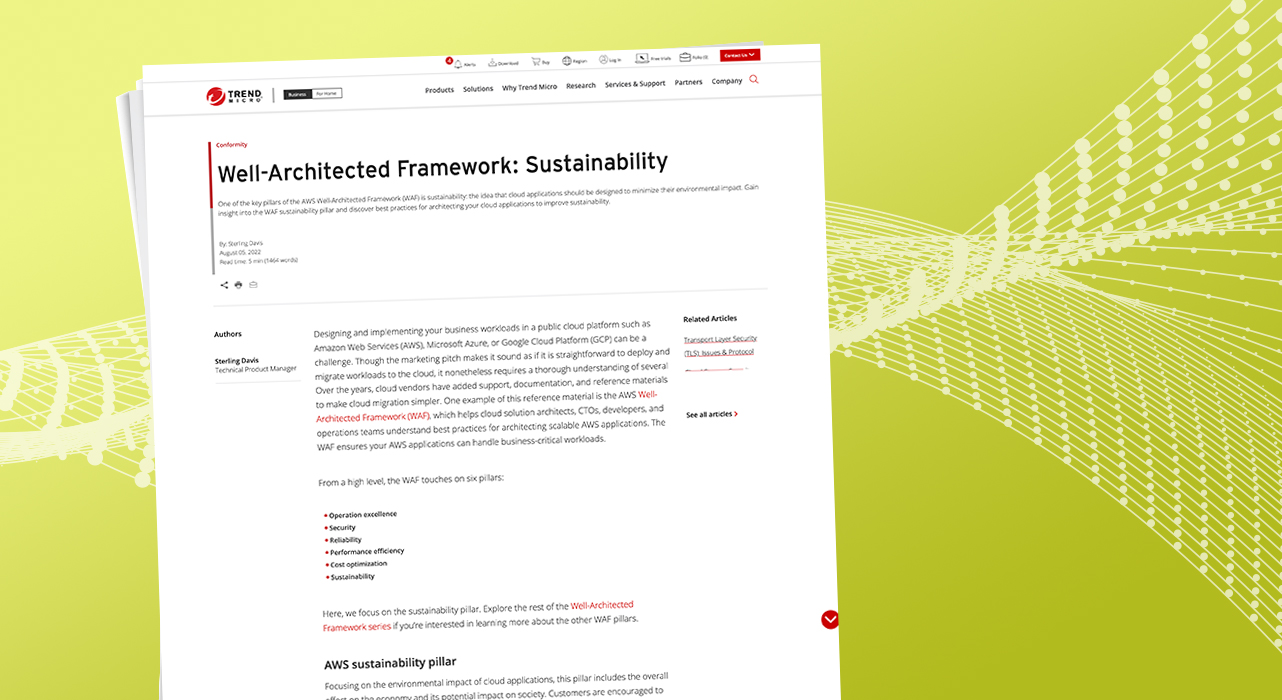SSL vs TLS: Which Should You Be Using?
Secure communication protocols like SSL and TLS are the modern Internet’s foundation. They form an invisible yet essential layer to protect all our online activities from ever-increasing, evolving cyber threats. This article reviews differences, use cases, and best practices for each so you can make an informed decision. What is SSL and TLS? The Secure Sockets Layer (SSL) and Transport Layer Security (TLS) protocols use encryption algorithms to establish a secure connection between two endpoints….
Read More
